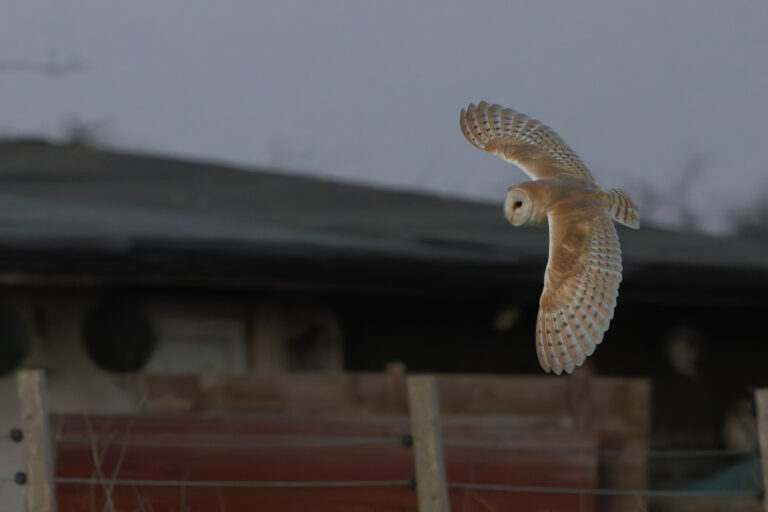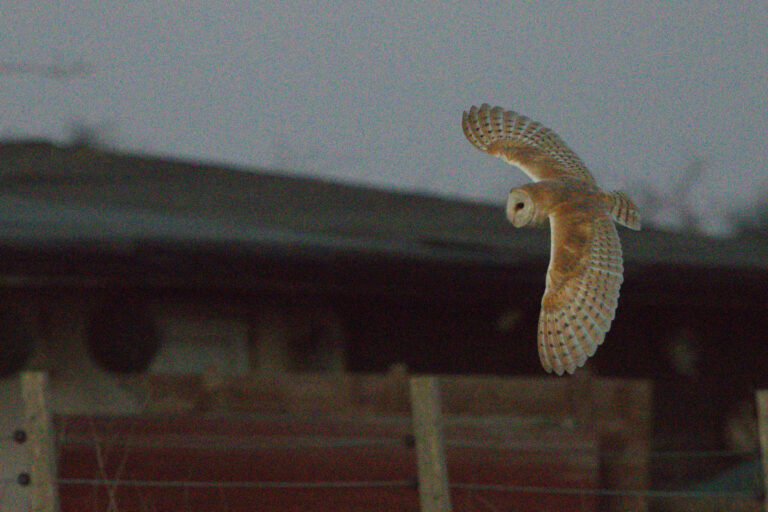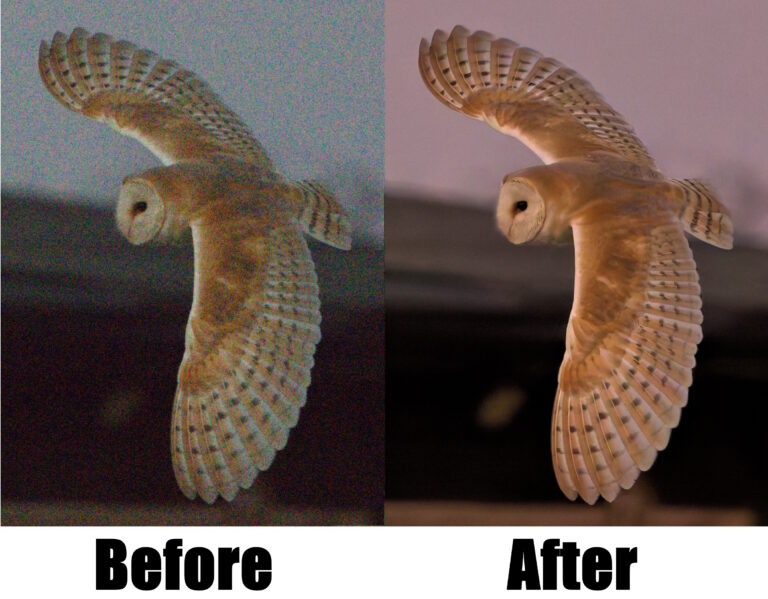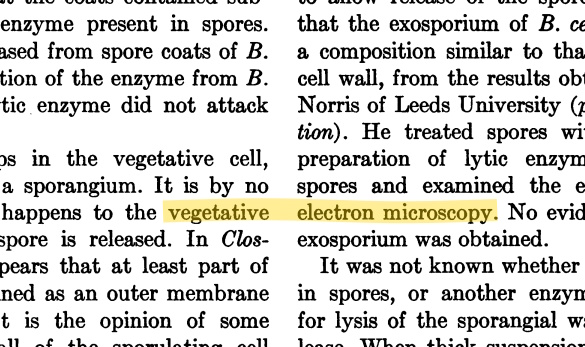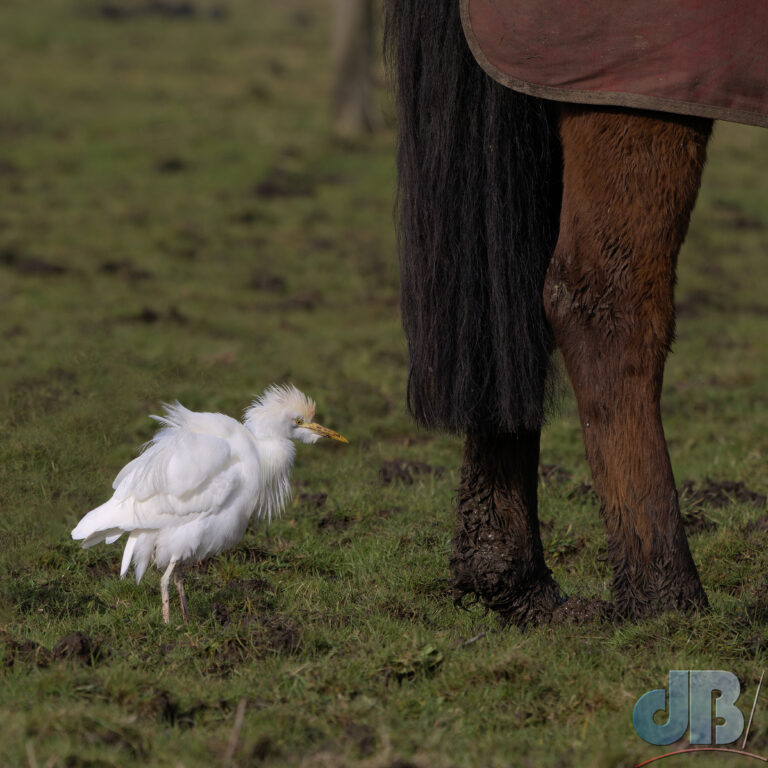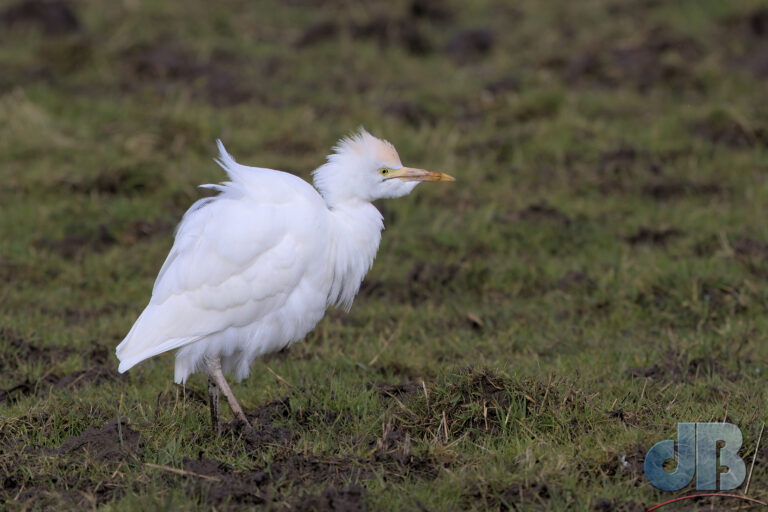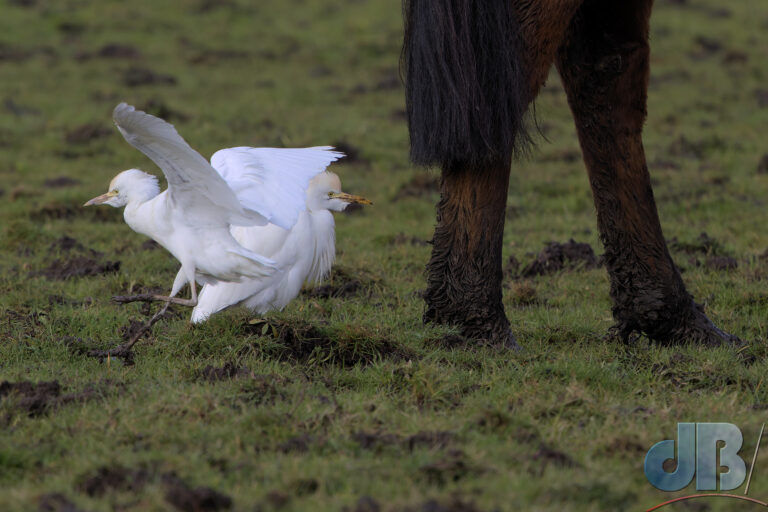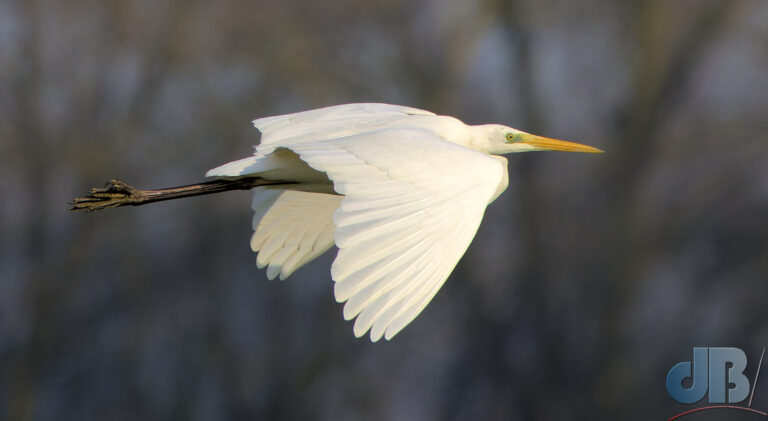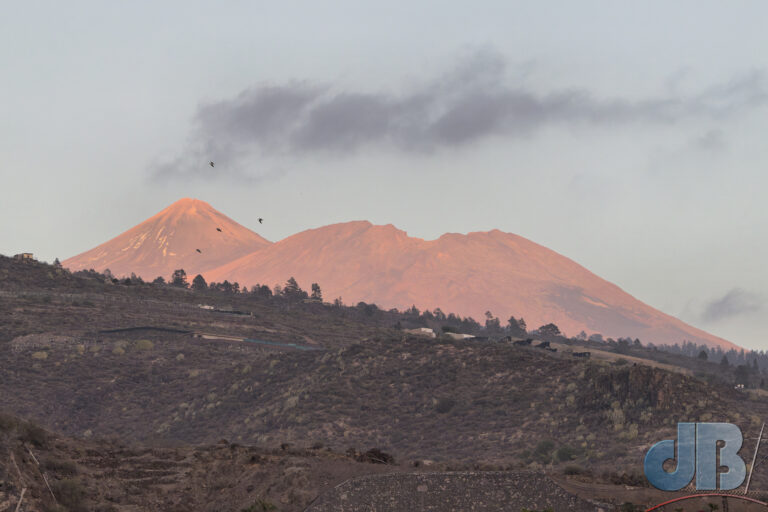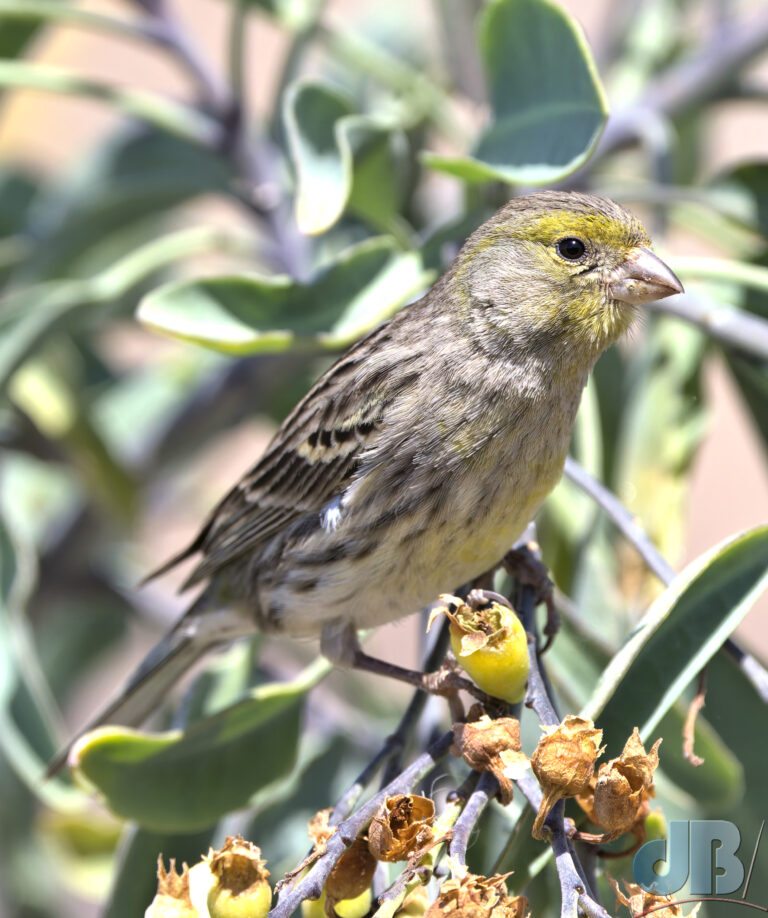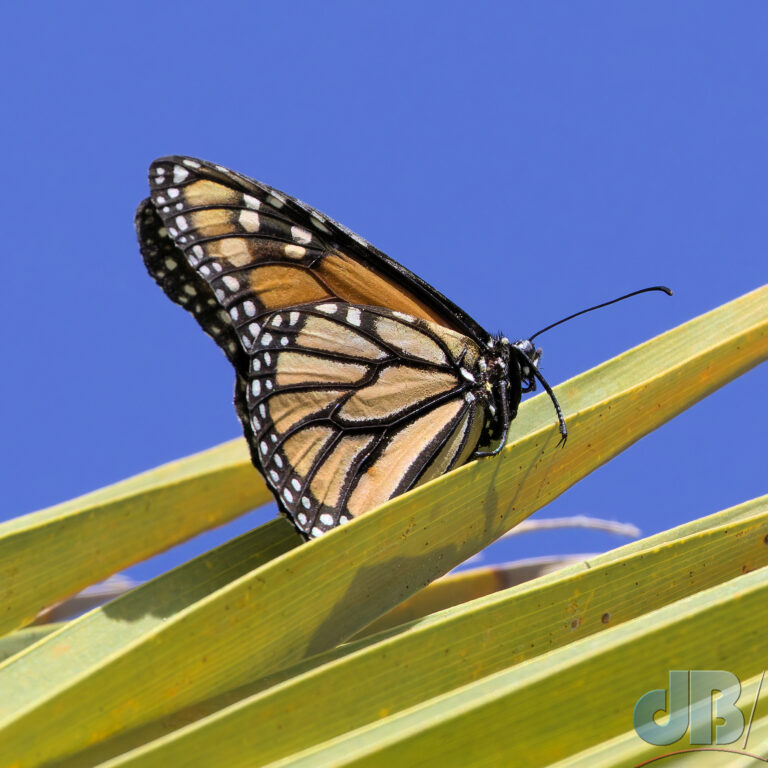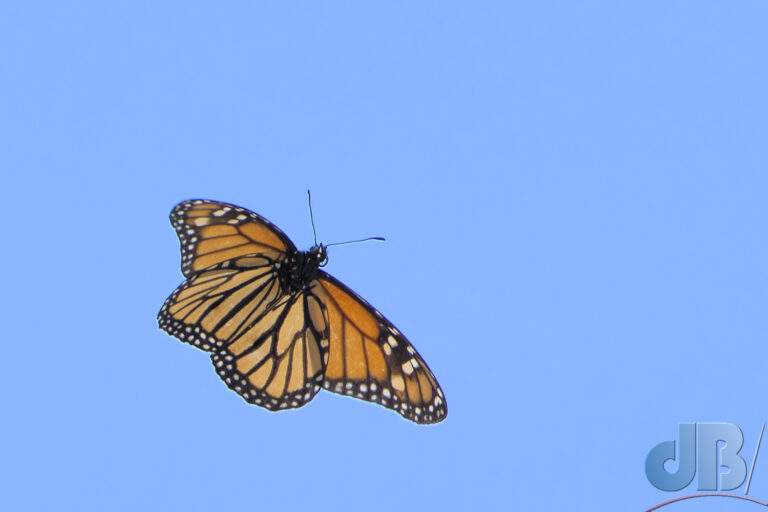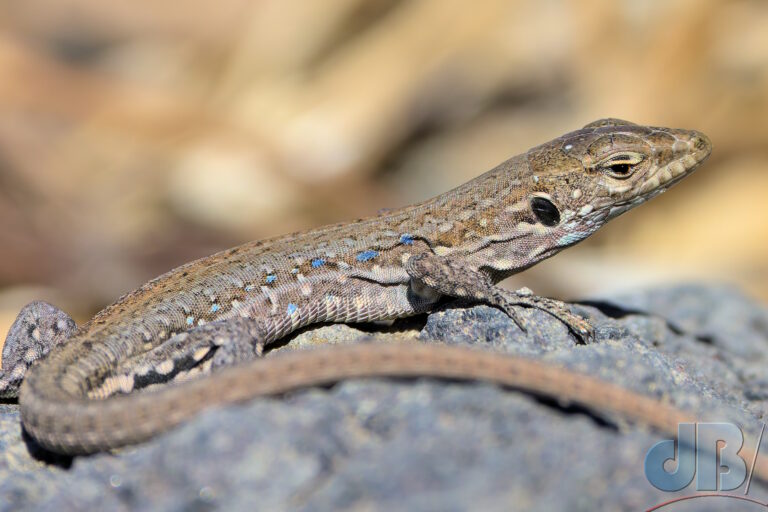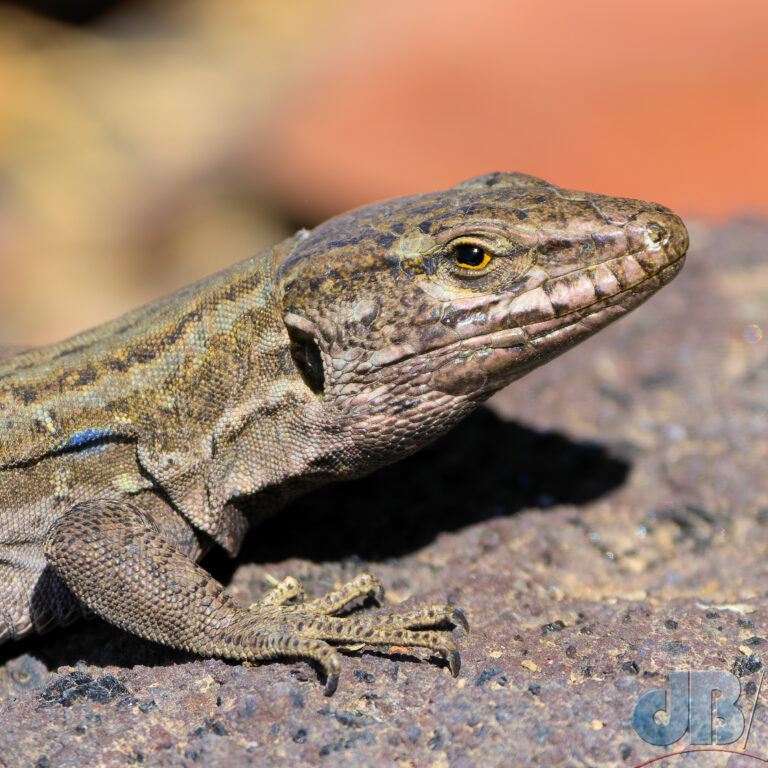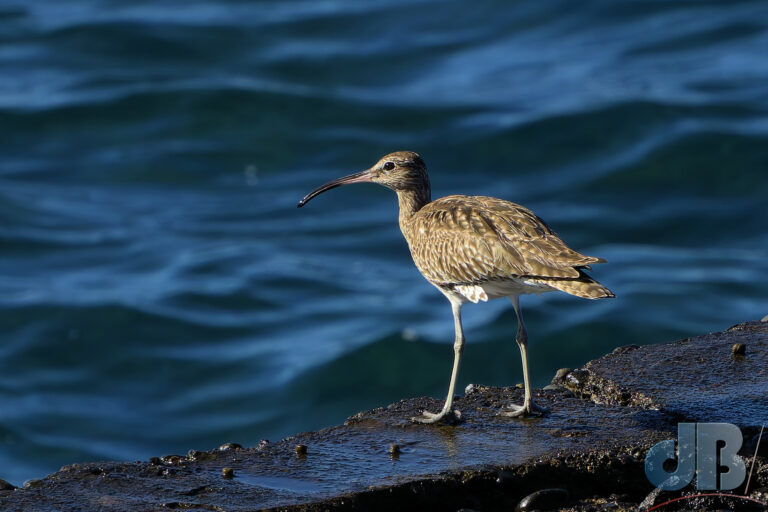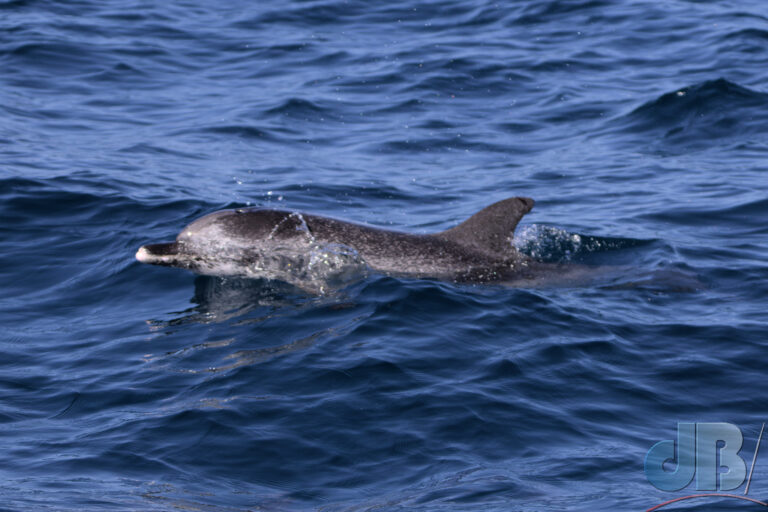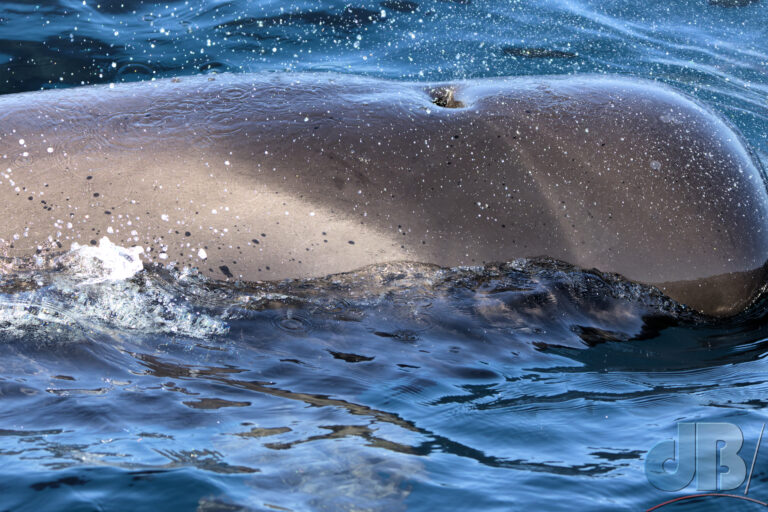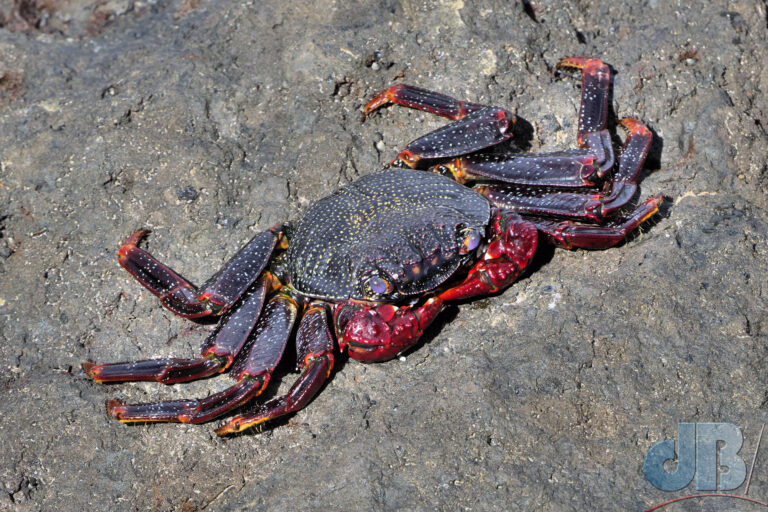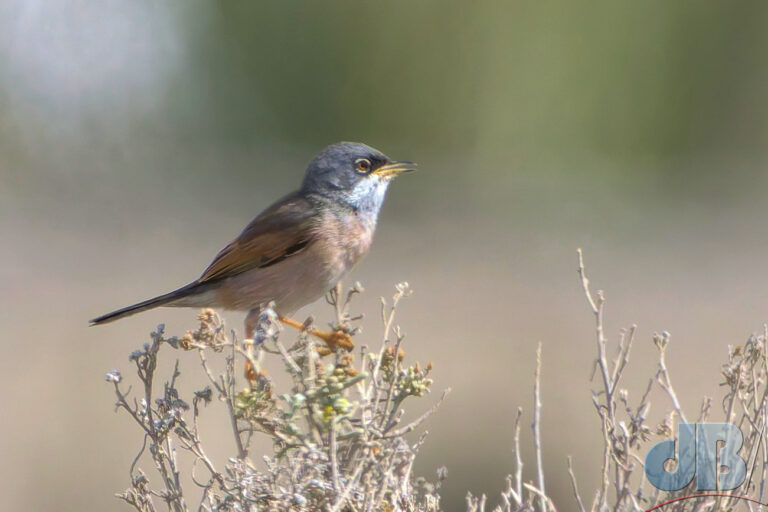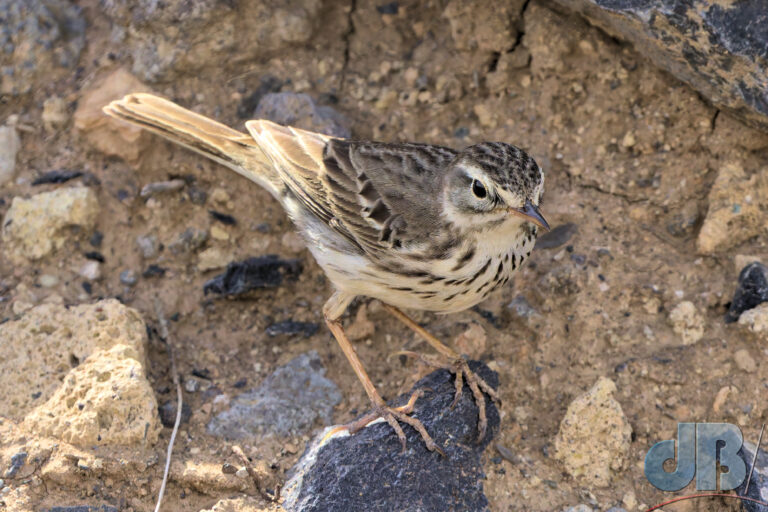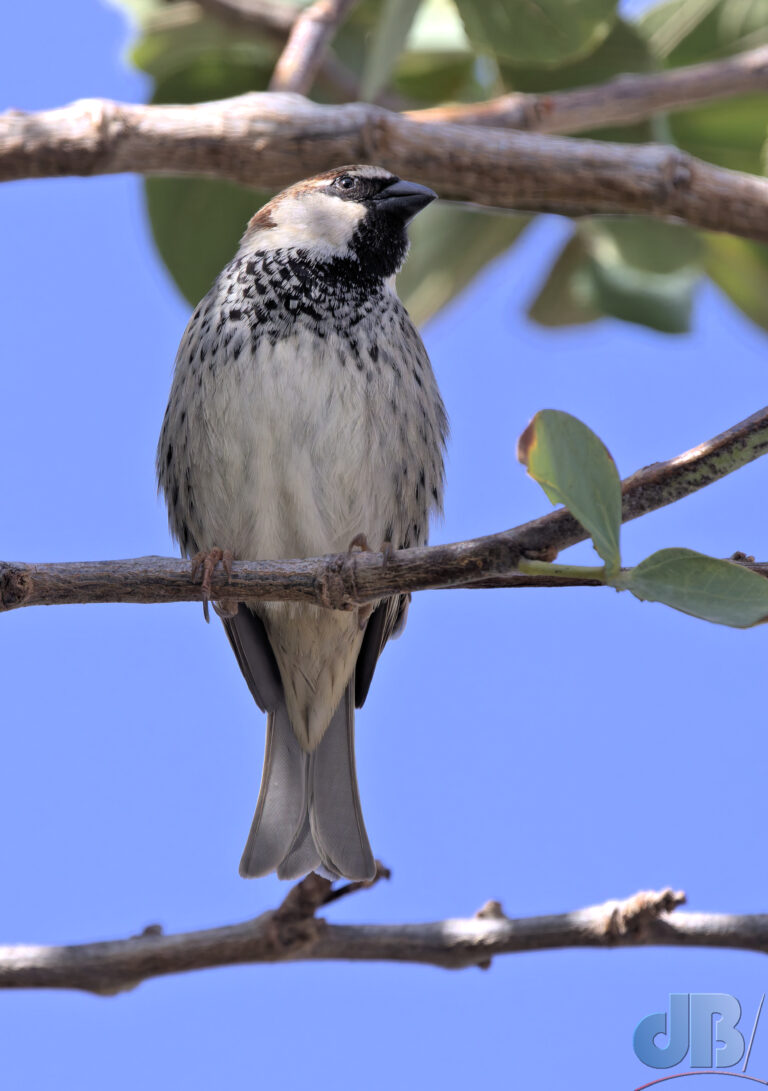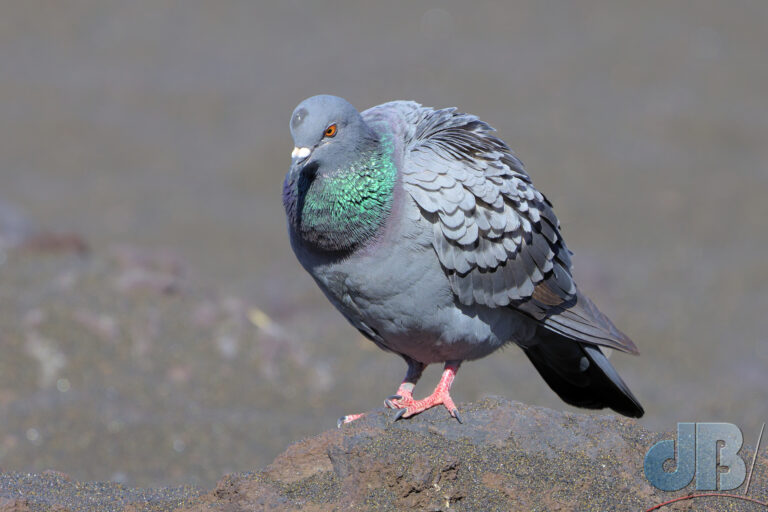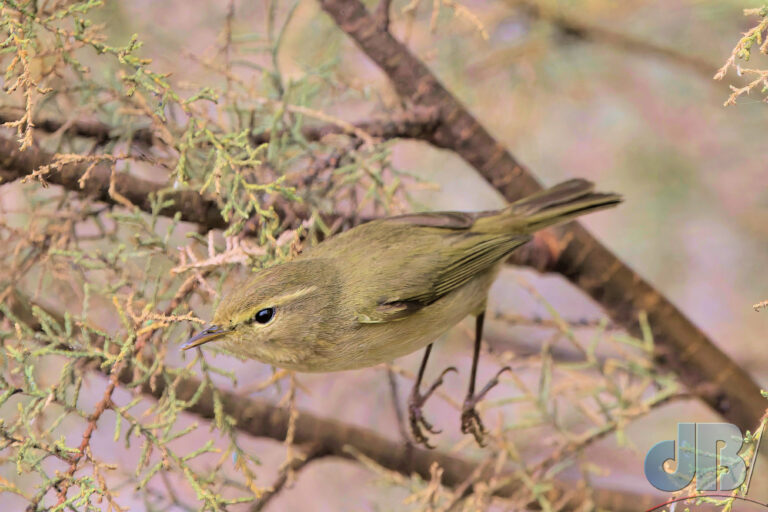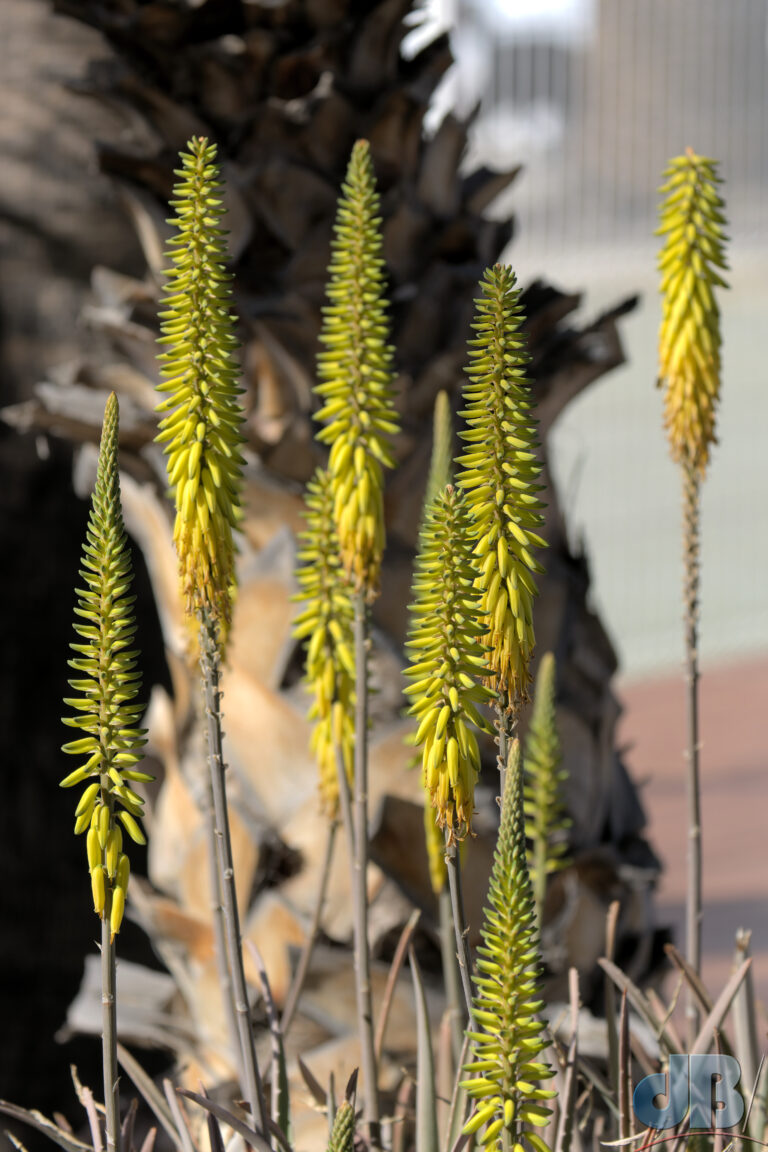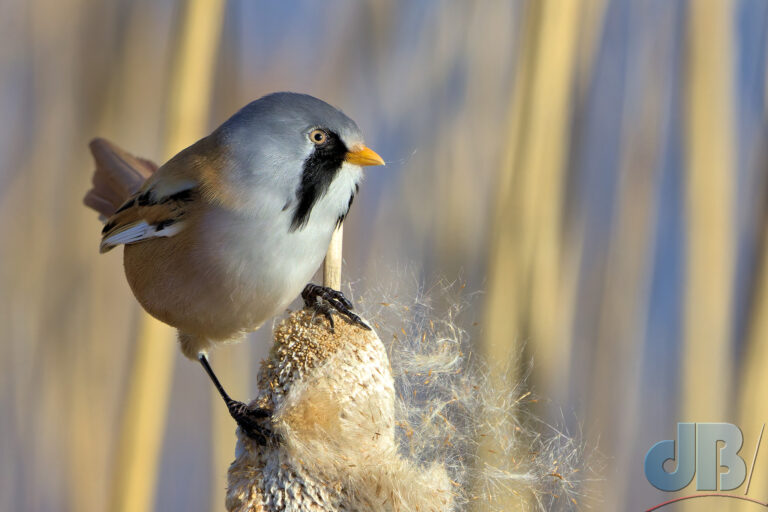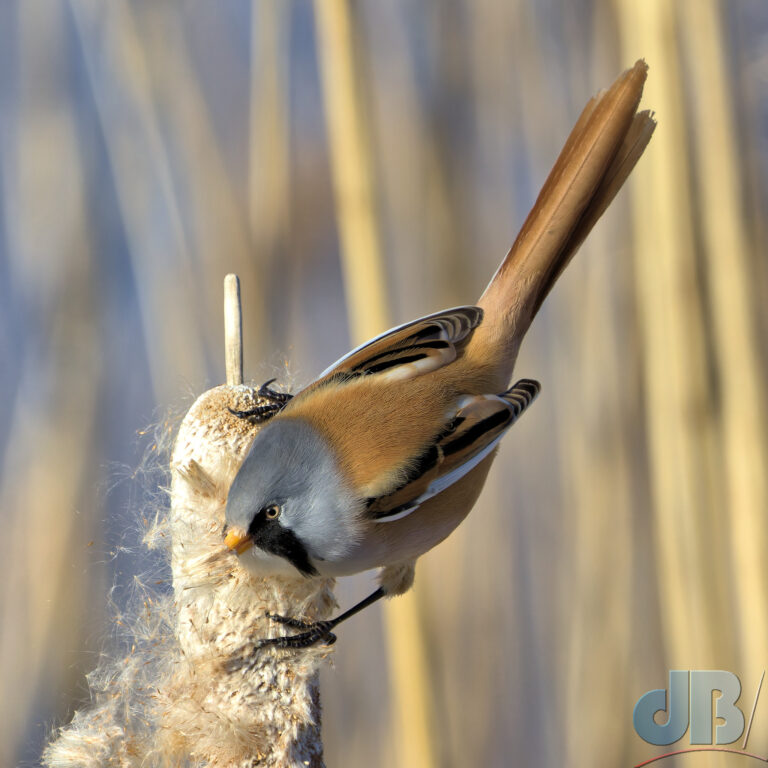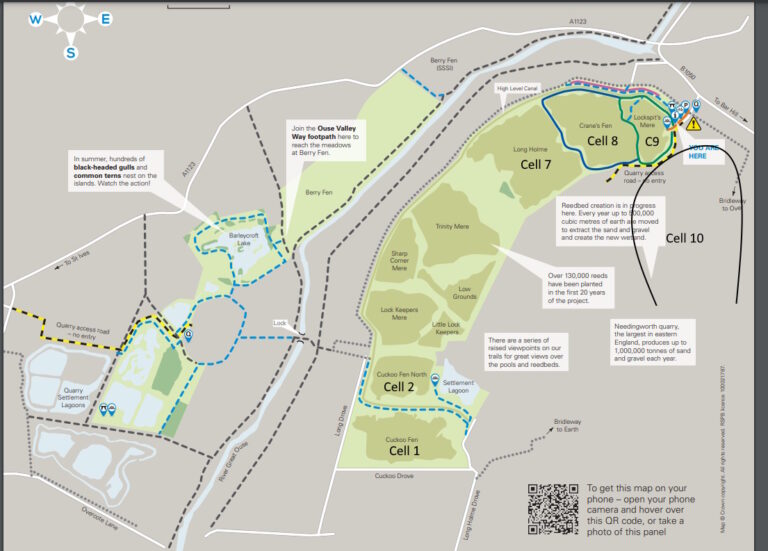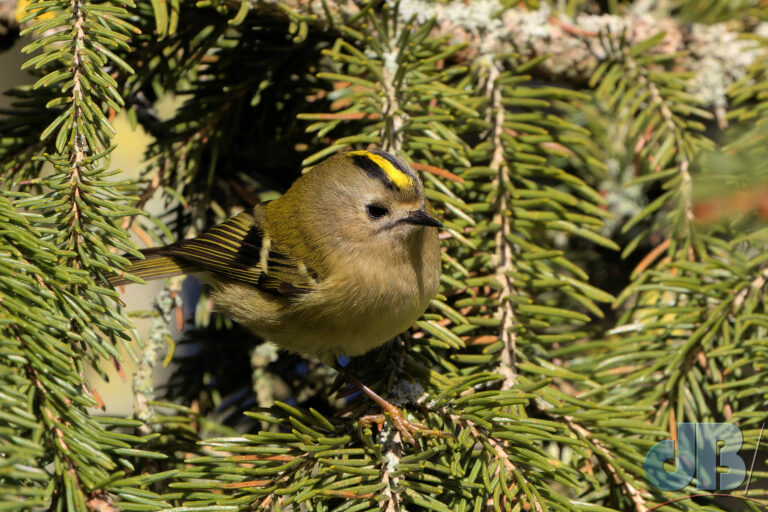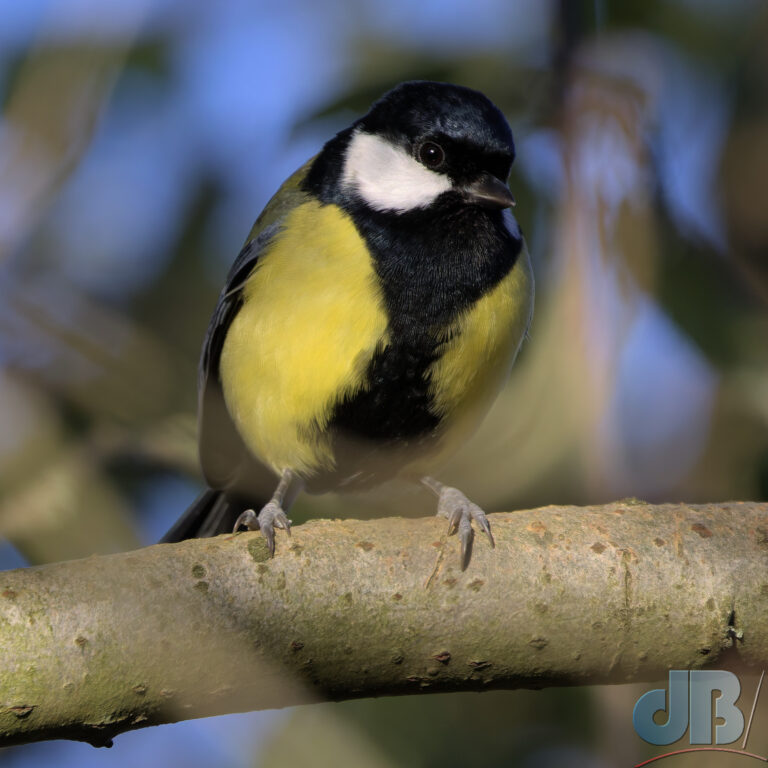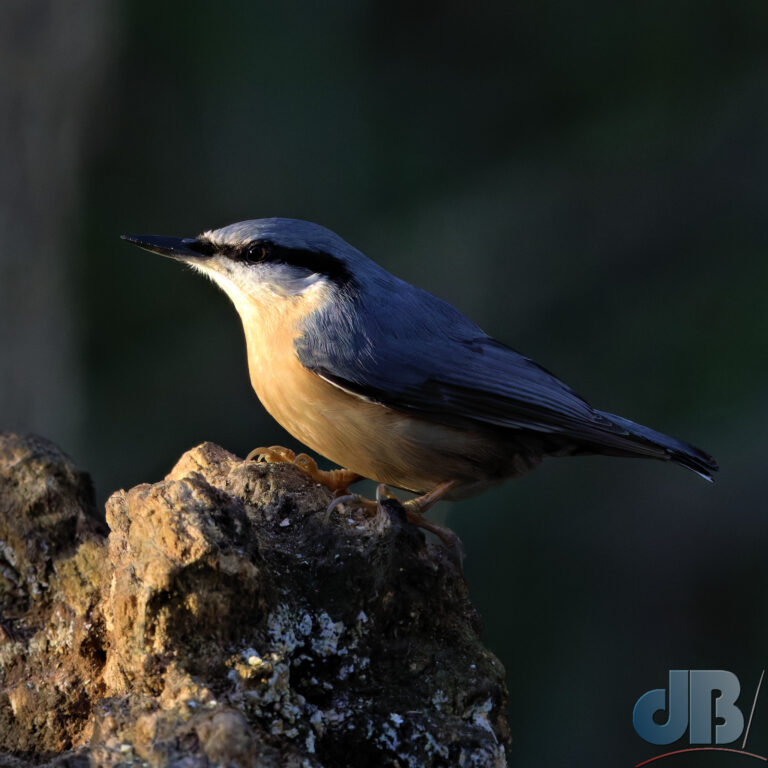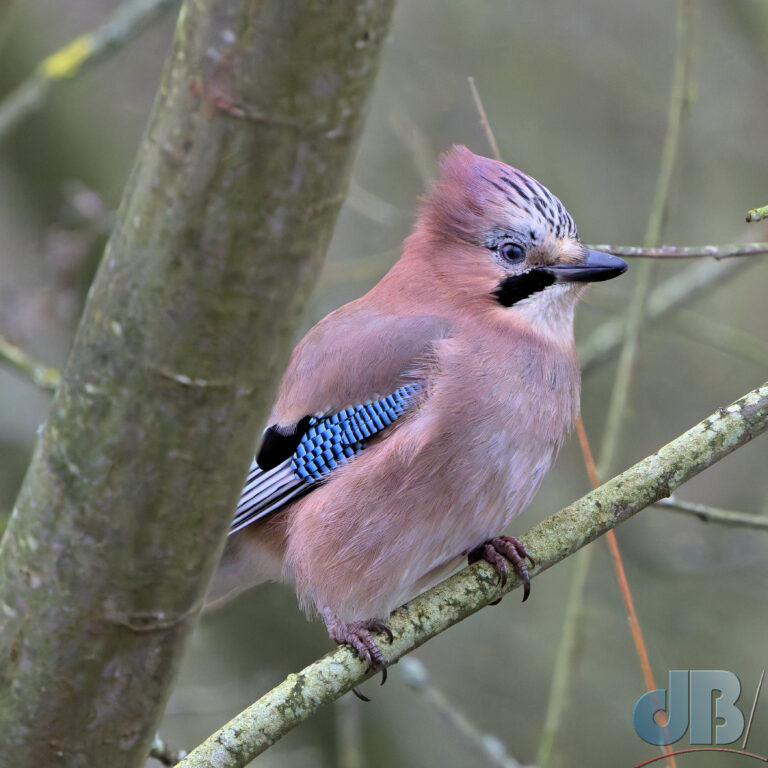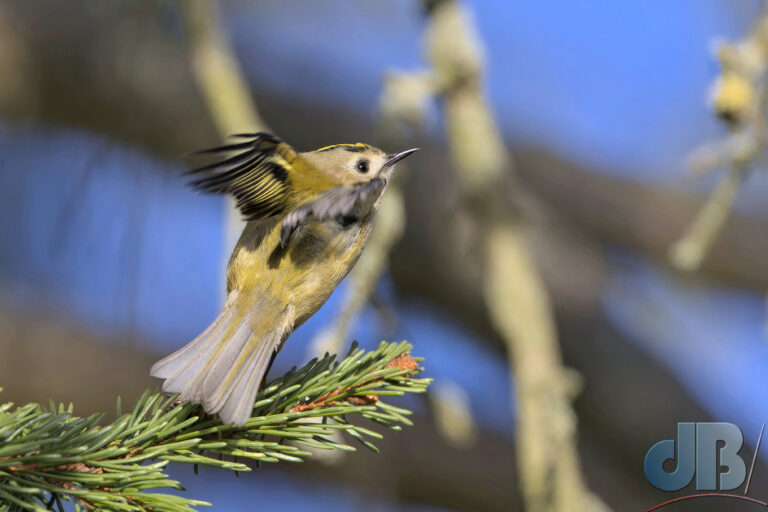There was almost no photographic light left in the sky after sunet last night, but a Barn Owl flew past and I really just had to grab a shot even though I was just about to head home. My Canon R7 set to auto-ISO jumped to 20000, which is very high so the photo was very noisy/grainy. I usually denoise my images with DxO PureRaw 4 and for this one it had to be done. PureRaw drops the ISO by about three stops, so that’s as if the camera had been shooting at ISO 2500.
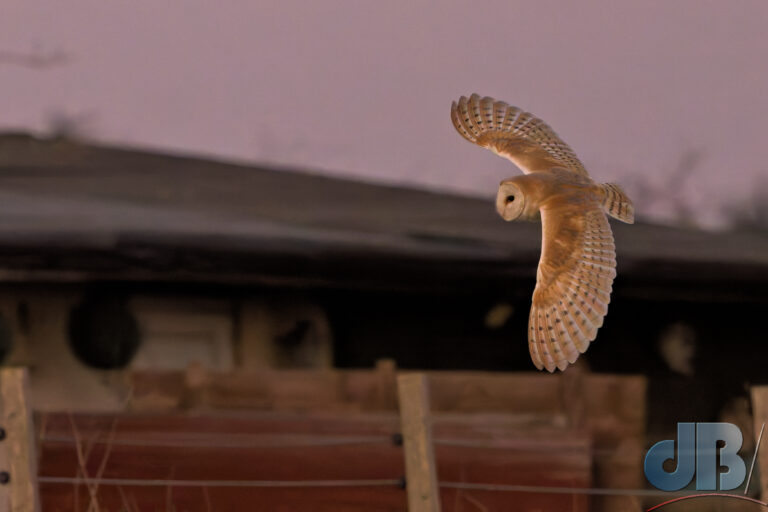
For those interested in such things, ISO ain’t what it used to be as I mentioned before. For film cameras, ISO was a measure of the sensitivity of the film. You used to use a higher ISO if you were shooting in lower light conditions.
For a digital camera, there’s no way to change the sensitivity of the sensor. So, adjusting the ISO does nothing more than turn up the brightness of the image you’ve captured and this brightness control is then embedded into the photo you download from the camera.
At lower light levels, your camera needs to turn up the brightness for the same shutter speed and aperture (f-stop) to get the exposure level you want. This means the noise is turned up brighter too, commonly seen as a purple speckles throughout the darker areas of the photo, but also impinging to different degrees across the whole image.
Now, the noise in a film photo is often referred to as grain (because it’s associated with the grain size of the particles of light-sensitive silver compounds in the film itself) It’s often seen as moody, romantic, and evocative, especially in noir Hollywood photos or the celebrity portrait work of David Bailey etc et cetera. It can be pleasing, just like the crackles and pops of classic vinyl…ish.
But, for digital photos, noise is just noise. It’s not grain, it’s not really romantic, nor evocative, it detracts and distorts the detail in your photo. So anything you can do to keep the ISO as low as possible and any processing that removes the noise without removing detail is, to my eye, a good thing. There are limits, but as regular viewers will know I almost always use DxO PureRaw to do the basic pre-edit processing of my photos. It essentially turns down the digital ISO control by three “stops” but without lowering the brightness.
The Barn Owl was shot at ISO 20000, so DxO is effectively bringing that down to ISO 2500, which is still way too high for a clean photo. But, it beats the RAW image straight out of the camera.
Incidentally, all this pre-processing and processing, is basically the digital equivalent of developing the film and printing from the negative as you would do with film. Some people imagine it’s somehow cheating because there are a lot more options allowing you to adjust levels and other stuff when you process digital negatives (the camera RAW) file, but it’s worth looking at the history of film photography to see how that nothing has changed fundamentally. Photography is not reality, it has always been about capturing a moment in time and developing it in such a way as to make that moment special after the event.
